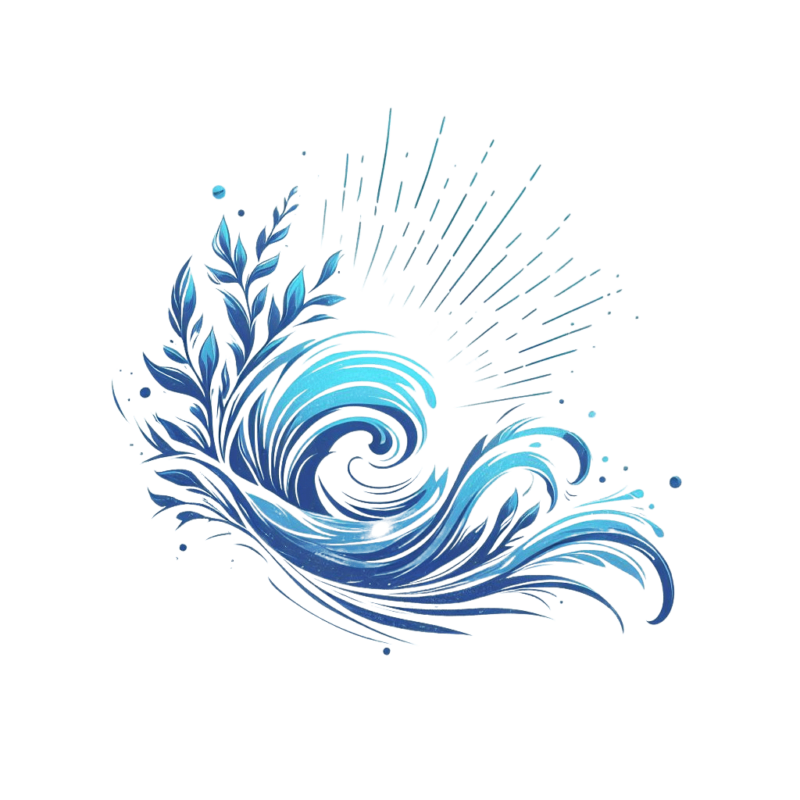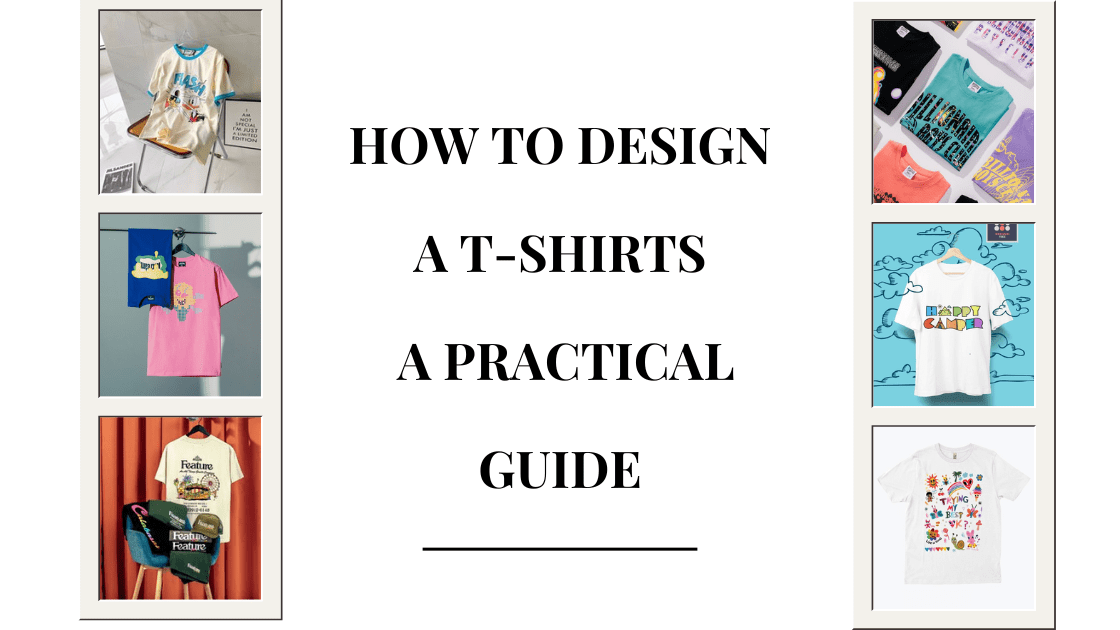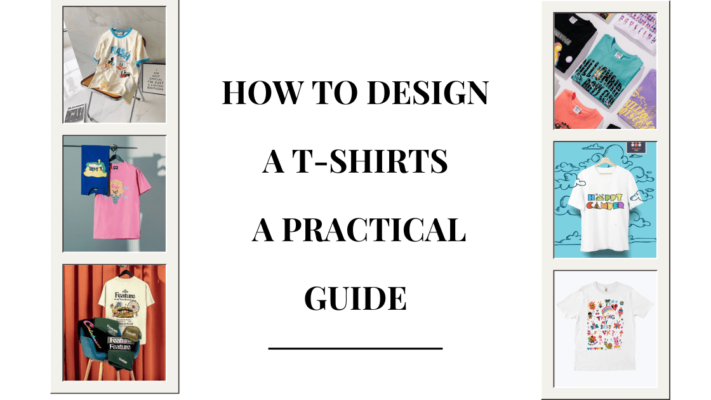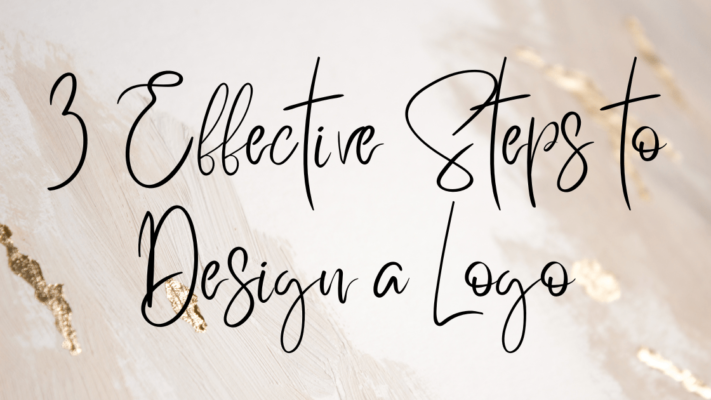How to Design a T-Shirt is a process that demands careful consideration, given its status as one of the most popular and versatile clothing items globally. They serve different purposes and cater to diverse styles and occasions. However, designing a T-shirt tailored to your specific needs and preferences demands a thoughtful approach. In this article, we’ll offer practical advice on how to design a T-shirt, covering aspects such as selecting the appropriate t-shirt type and color, as well as incorporating the ideal text and imagery to enhance its appeal and effectiveness.
Contents
Step 1: Design a T-Shirt with Type and Color
The first step to design a t-shirt is to select the type and color of your t-shirt. The type and color of your t-shirt can affect the appearance, comfort, and durability of your t-shirt. Here are some things to consider:
- Type: Your t-shirt’s type encompasses its material, style, and fit. Cotton, polyester, or a blend are common materials. Cotton offers softness and breathability but may shrink or fade. Polyester is durable and resists wrinkles but may lack comfort. Blended fabrics combine comfort and durability. Style includes neckline and sleeve length variations like crew neck or v-neck. Fit, ranging from regular to slim or oversized, determines size and shape. Choose a type that aligns with your purpose, occasion, and preference.
- Color: The color of your t-shirt refers to the hue, shade, and tone of your t-shirt. The color of your t-shirt can affect the mood, message, and visibility of your t-shirt. The most common colors of t-shirts are black, white, gray, or navy, as they are neutral, versatile, and easy to match. However, you can also choose other colors, such as red, blue, green, or yellow, to add some personality, variety, and contrast to your t-shirt. The color of your t-shirt should complement your skin tone, hair color, and eye color, as well as your t-shirt design.
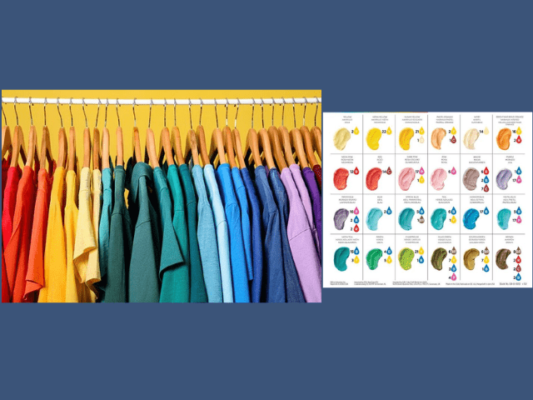
Step 2: Add Your T-Shirt Text and Image
The second step to design a t-shirt is to add the text and image of your t-shirt. The text and image of your t-shirt are the main elements that convey your message and express your style. Here are some things to consider:
- Text: Your t-shirt’s text should be catchy, concise, and relevant to your theme and audience, with a maximum of 10 words. It must be original, error-free, and creatively crafted. Utilize online tools like RhymeZone or Thesaurus for word variations and FontSpace for suitable fonts, sizes, and colors to enhance the message’s impact.
- Image: Your t-shirt’s image should complement the text, be high-quality, and original. Use platforms like Pixabay or Canva to access free images or design tools. Experiment with different shapes, positions, and effects to convey various meanings. Opt for logos or illustrations for professionalism or photos for a personal touch. Positioning the image centrally or to the side can affect its emphasis and balance.
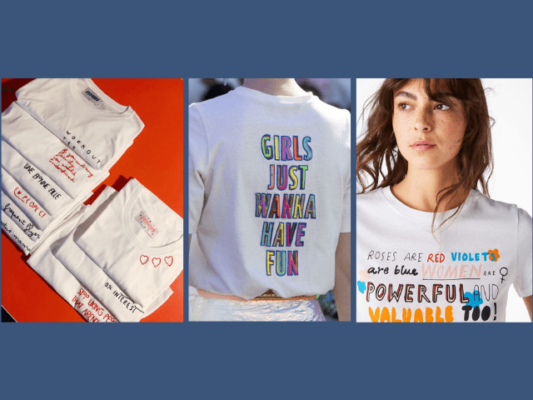
Step 3: Print Your T-Shirt Design
The third and final step to design a t-shirt is to print your design. This means choosing and using the best printing method and quality for your design. Here are some things to consider:
- Printing method: The printing method is the technique that transfers your design from your computer to your t-shirt, such as screen printing, direct-to-garment printing, or heat transfer printing. Each printing method has its own advantages and disadvantages, depending on your design and budget. For example, screen printing is the most durable and cost-effective method for large and simple designs, but it may not be suitable for small and complex designs. Direct-to-garment printing is the most versatile and high-quality method for any design, but it may be more expensive and time-consuming. Heat transfer printing is the most convenient and fast method for small and personal designs, but it may not be very durable or eco-friendly.

- Printing quality: The printing quality is the result of your design on your t-shirt, such as the resolution, accuracy, and vibrancy of your design. The printing quality depends on the quality of your design file, the quality of your t-shirt material, and the quality of your printing service. For example, a high-resolution design file will produce a clear and sharp design, while a low-resolution design file will produce a blurry and pixelated design. A high-quality t-shirt material will produce a smooth and comfortable design, while a low-quality t-shirt material will produce a rough and scratchy design. A high-quality printing service will produce a faithful and vibrant design, while a low-quality printing service will produce a distorted and faded design.

And that’s it! You have just learned how to design a t-shirt in three easy steps. Now you can enjoy your t-shirt design and share it with others, or sell it online and make some profit. Either way, you have just created a unique and personal piece of clothing that represents your message and style. Well done!
Related Posts
- Unveiling the Power of SVG Graphics: A Comprehensive Guide
- Mastering Top 5 Silhouette Studio Shortcuts
- 10 Free Fonts for Commercial Use That You Need to Try
